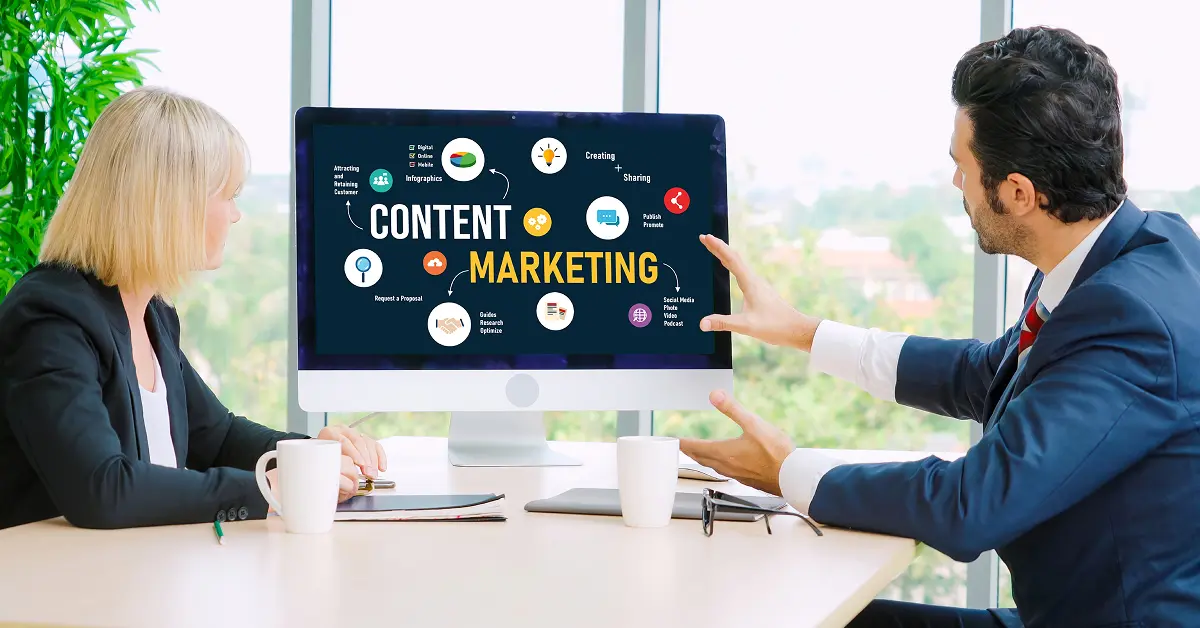Businesses often focus heavily on B2C (Business to Consumer) content marketing to increase sales, attract leads, and build brand recognition. But B2E content marketing can offer a unique advantage: improved internal relationships, better-trained employees, and a stronger, more cohesive workplace culture.
Here are a few reasons why B2E content marketing is becoming increasingly important:
Key Strategies for B2E Content Marketing
Now that we understand the importance of B2E content marketing, let’s explore some of the most effective strategies businesses can use to enhance internal communication and engagement.
Create Personalized Content
One of the most effective ways to engage employees is by delivering personalized content. By segmenting your workforce based on their roles, departments, or interests, you can create content that is tailored to specific groups. Personalized content makes employees feel valued and ensures that the information they receive is relevant to their day-to-day responsibilities.
For instance, you could create different types of content for managers, frontline staff, and remote employees. This ensures that each group gets the content that’s most applicable to them, whether it's leadership development resources for managers or new product training for sales teams.
Leverage Internal Blogs and Newsletters
Internal blogs and newsletters are excellent platforms for sharing company updates, industry insights, and thought leadership pieces. These channels provide a space where you can publish regular content that informs, educates, and engages employees.
For example, you can use internal blogs to share success stories, employee spotlights, and project updates. Newsletters can be sent weekly or monthly to keep employees informed about company events, policy changes, or team achievements.
Additionally, you can use these platforms to promote employee-driven content, such as guest posts from different departments or leadership interviews, which can further enhance engagement.
Use Video Content for Training and Communication
Video content is one of the most engaging forms of content. It's especially effective for employee training, onboarding, and internal communication. Creating high-quality, easy-to-understand training videos can provide employees with the resources they need to succeed in their roles, whether they’re in the office or working remotely.
You can also use video content to send personal messages from leadership, conduct interviews with employees, or provide quick company updates. Video makes content feel more personal and relatable, which can help strengthen employee relationships with the company.
Foster Employee Collaboration Through Social Media
Many companies now use internal social media platforms, such as Slack, Microsoft Teams, or Yammer, to create collaborative spaces where employees can engage with each other. These platforms can be leveraged for content marketing by sharing articles, discussion threads, and group challenges that encourage employees to participate and contribute.
By using these platforms to share thought-provoking content, employees can engage with each other in meaningful conversations, fostering a sense of community and collaboration.
Measure Engagement and Continuously Improve
Just as with external content marketing, measuring the effectiveness of your B2E content marketing efforts is crucial. Track key metrics such as open rates for newsletters, video views, and engagement on internal social platforms. Use this data to refine your content strategy, making improvements based on employee feedback and engagement levels.
Surveys and polls are also great ways to gather direct feedback from employees on what type of content they find valuable, which can help you improve the relevance and impact of your content.
Conclusion
Incorporating content marketing into your internal communications strategy can yield tremendous benefits for your organization. B2E content marketing fosters employee engagement, strengthens company culture, and ensures that employees are well-informed and motivated to contribute to business success.
By delivering relevant, personalized, and engaging content, you can improve communication, enhance training efforts, and build a stronger connection between employees and the company. As businesses continue to evolve in an increasingly digital world, B2E content marketing will play a crucial role in driving internal success and creating a cohesive, motivated workforce.



